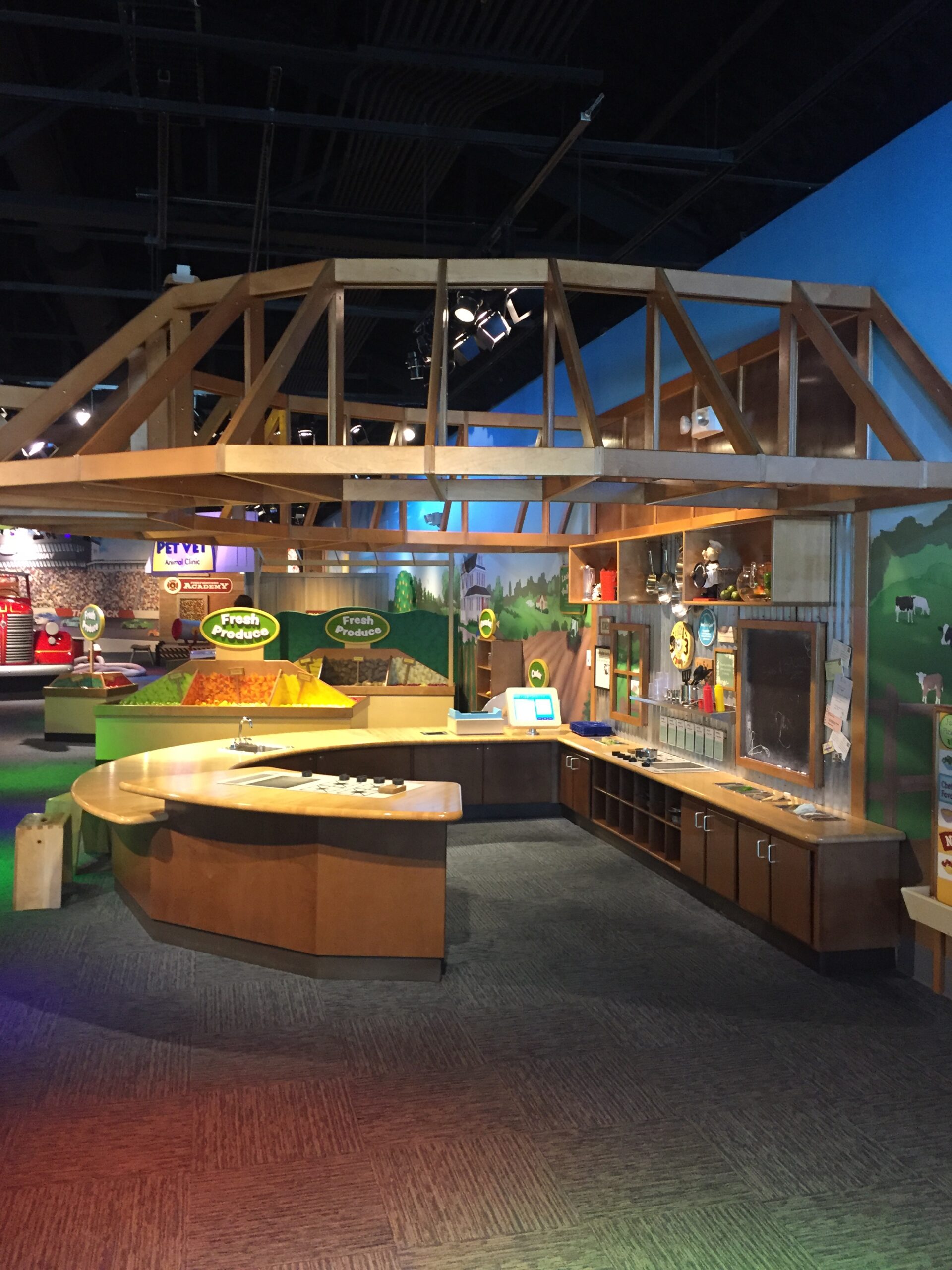Why a Children's Museum or Play Space?
Family Resource AND Economic Development Asset
When designed for long-term viability, a thriving children’s museum or play space is more than just fun — it’s a community resource and a driver of economic growth. Museum Crafters helps municipalities, nonprofits, and entrepreneurs create these vibrant spaces for learning, play, and connection.


Benefits of Children’s Museums and Indoor Play Spaces for Communities
A well-designed children’s museum or indoor play space can transform a community. These venues:
- Provide families with safe, engaging, and educational environments.
- Offer caregivers resources and support in a welcoming setting.
- Increase vibrancy and foot traffic, boosting nearby businesses.
- Signal to new residents and employers that the community invests in young families.
- Bring together people from diverse backgrounds through the universal language of play.
How Children’s Museums Support Early Childhood Development
Children’s museums and play spaces are designed to spark curiosity and skill-building from an early age. They:
- Make learning joyful and self-directed.
- Inspire creativity and problem-solving.
- Help children develop social-emotional skills through cooperative play.
- Foster literacy, numeracy, and kindergarten readiness.
- Provide hands-on exploration across multiple subjects and interests.
Early childhood is the fastest period of brain growth — and these spaces give children the opportunity to explore, experiment, and build confidence in a safe, stimulating environment.
Economic Impact of a Children’s Museum or Play Cafe
Opening a children’s museum or play cafe is not just good for families — it’s smart for local economies. These spaces:
- Create jobs and attract visitors from outside the community.
- Drive repeat visits, supporting restaurants, shops, and cultural attractions.
- Contribute to placemaking, making the community more attractive to families and businesses.
In smaller markets, the economic signal is even stronger: a children’s museum says this community is a great place to raise a family.

Why Most Communities Don’t Have a Children’s Museum — Yet
With over 30 million children in the U.S. and only about 400 children’s museums, there’s a major gap. Historically, the barriers have been:
- High startup costs — often $5M–$20M under traditional nonprofit models.
- Volunteer-led planning without professional operational expertise.
- Funding gaps requiring ongoing grants and donations to cover operating deficits.

A New Approach to Opening a Children’s Museum or Play Space
At Museum Crafters, we believe there’s no reason every community that wants one can’t have a children’s museum or play space. Our Turnkey Build and Managed Operations models:
- Work for municipal, nonprofit, or for-profit ownership.
- Reduce capital and startup costs.
- Leverage economies of scale for sustainable operations.
- Deliver high-quality, guest-focused experiences that keep families coming back.
Work With Museum Crafters to Launch Your Vision
Whether you’re a city leader, nonprofit board member, or entrepreneur, we can help you plan, build, and operate a space that delivers meaningful play and learning opportunities while staying financially viable.
